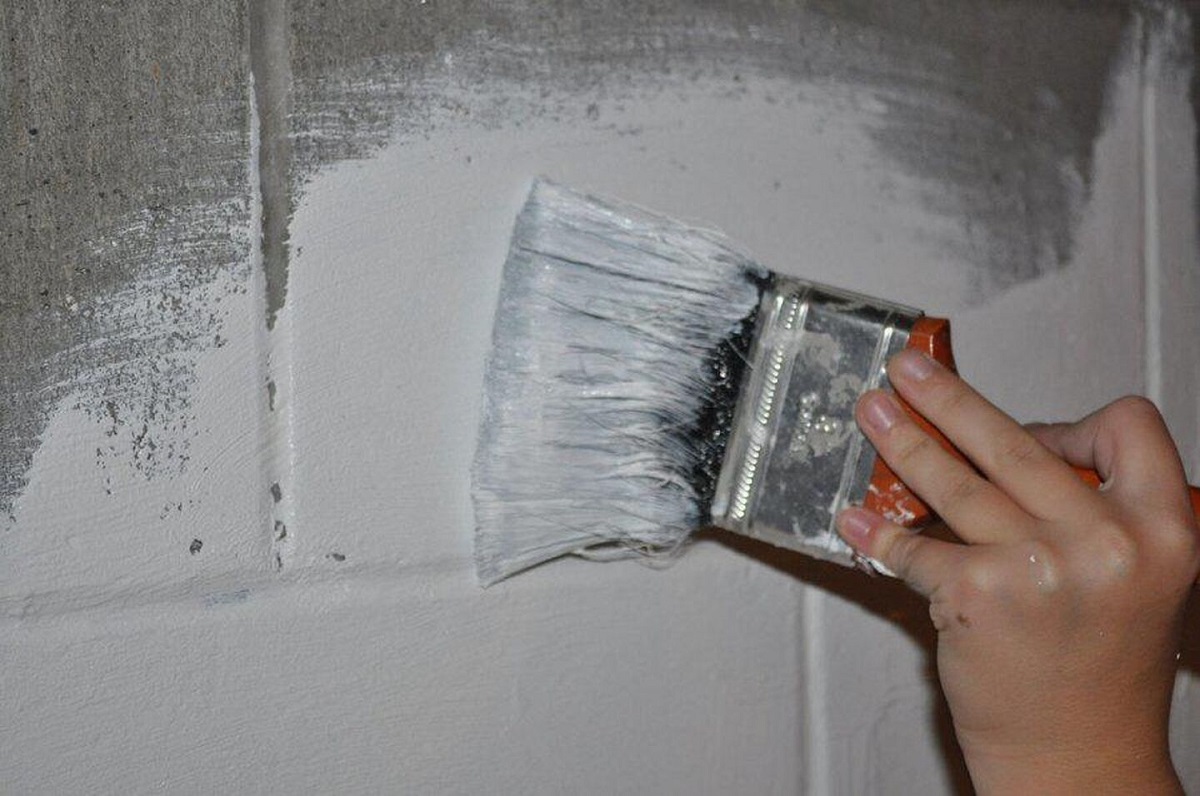

Articles
How Much To Paint A Basement
Modified: October 20, 2024
Find out how much it costs to paint a basement and get expert tips in our collection of informative articles on basement painting.
(Many of the links in this article redirect to a specific reviewed product. Your purchase of these products through affiliate links helps to generate commission for Storables.com, at no extra cost. Learn more)
Introduction
Painting a basement is an excellent way to transform an underutilized space into a functional and inviting area. Whether you plan to create a cozy family room, a stylish home office, or a recreational space, a fresh coat of paint can make a world of difference. However, before you dive into this home improvement project, it’s important to understand the factors that can influence the cost of painting a basement.
When it comes to estimating the cost of painting a basement, several factors must be taken into consideration. These can include the size of the basement, the type and condition of the walls, the choice of paint, the preparation required, and whether you decide to hire a professional painter or tackle the project yourself. By understanding these factors, you can make informed decisions that will help you not only achieve the desired outcome but also stay within your budget.
Factors Affecting the Cost of Painting a Basement
The cost of painting a basement can vary depending on several factors. Here are some key considerations:
- Size of the Basement: The size of the basement is one of the most significant factors when estimating the cost of painting. Larger spaces will require more paint and materials, resulting in higher costs.
- Type and Condition of Walls: The type of walls in your basement, such as drywall, concrete, or cinder block, can impact the cost. Additionally, if the walls are in poor condition, they may require extra preparation, such as patching and priming, which can also increase the cost.
- Choice of Paint: The quality and type of paint you choose will affect the cost. Higher quality paints generally come at a higher price, but they can provide better coverage and durability, leading to long-term savings.
- Preparation: Properly preparing the basement for painting is crucial for achieving smooth and long-lasting results. This can include cleaning the walls, filling cracks, sanding, and priming. The amount of preparation required can impact the cost of the project.
- Hiring a Professional Painter versus DIY: Deciding whether to hire a professional painter or tackle the project yourself can also affect the cost. Hiring a professional may come with additional labor expenses, but it can provide a higher level of expertise and efficiency.
Now that you understand the factors that can impact the cost, let’s delve deeper into each consideration to help you estimate how much it will cost to paint your basement.
Key Takeaways:
- Transform your basement into a functional and inviting space by considering factors like size, wall condition, paint choice, and preparation. Make informed decisions to achieve a professional finish while staying within budget.
- Save money on your basement painting project by doing your own prep work, comparing paint prices, and focusing on necessary areas. Balance cost-saving measures with achieving a quality paint job for a vibrant and welcoming space.
Read more: How To Paint A Basement Ceiling
Factors Affecting the Cost of Painting a Basement
When it comes to estimating the cost of painting a basement, there are several factors that can influence the overall expense. Understanding these factors will help you make informed decisions and better plan your budget. Let’s take a closer look at each consideration:
- Size of the Basement: The size of the basement plays a significant role in determining the cost of painting. Larger spaces require more paint and materials, resulting in higher expenses. It’s important to measure the square footage of your basement accurately to get a better estimate of the amount of paint needed.
- Type and Condition of Walls: The type of walls in your basement can impact the cost of painting. Common types include drywall, concrete, or cinder block. Drywall is the most common and easy to paint, while painting concrete or cinder block may require additional preparation and products. Furthermore, if the walls are in poor condition, such as having cracks or holes, it will require additional patching and priming, adding to the overall cost.
- Choice of Paint: The type and quality of paint you choose will affect the cost. There is a wide variety of paint options available, including different finishes and brands. Higher quality paints generally come at a higher price point, but they offer better coverage, durability, and can save you money in the long run as they may require fewer coats and have better resistance to wear and tear.
- Preparation: Properly preparing the basement for painting is essential to achieve a smooth and professional-looking finish. This can involve cleaning the walls, filling in cracks or holes, sanding rough surfaces, and applying a primer. The amount of preparation required will vary depending on the condition of the walls and the desired result. Keep in mind that the more extensive the preparation, the higher the cost.
- Hiring a Professional Painter versus DIY: Another factor that affects the cost is whether you decide to hire a professional painter or do it yourself. Hiring a professional may come with additional expenses, including the cost of labor. However, professionals have the necessary skills, experience, and tools to ensure a high-quality finish. DIY painting can save you money but requires time, effort, and attention to detail.
Keep in mind that these are general factors that can affect the cost of painting a basement. The specific circumstances of your project may vary, so it’s essential to assess your unique situation and adjust your budget accordingly.
Now that we’ve discussed the primary factors influencing the cost, let’s move on to estimating the size of your basement, which is the first step in determining the overall expense.
Estimating the Size of the Basement
Accurately estimating the size of your basement is crucial when determining the cost of painting. Knowing the square footage will help you calculate the amount of paint and materials needed, as well as provide a basis for labor costs if you decide to hire a professional painter.
To estimate the size of your basement, follow these simple steps:
- Measure the Length and Width: Use a tape measure to measure the length and width of each wall in your basement. Measure wall by wall, starting from one corner and working your way around.
- Factor in Irregular Walls: If your basement has any irregularly shaped walls or cutouts, such as around staircases or utility areas, it’s important to take those measurements as well. Measure each section separately and note down the dimensions.
- Calculate the Square Footage: Once you have measured all the walls and irregular areas, you can calculate the square footage. To calculate the square footage of each wall, multiply the length by the width. Then, add up the square footage of all the walls to get the total square footage of your basement.
For example, if you have four walls with dimensions of 10 feet by 8 feet, 12 feet by 8 feet, 10 feet by 8 feet, and 12 feet by 8 feet, the calculation would be as follows:
- Wall 1: 10 feet x 8 feet = 80 square feet
- Wall 2: 12 feet x 8 feet = 96 square feet
- Wall 3: 10 feet x 8 feet = 80 square feet
- Wall 4: 12 feet x 8 feet = 96 square feet
Total Square Footage: 80 + 96 + 80 + 96 = 352 square feet
Once you have the total square footage of your basement, you can use it as a basis to estimate the amount of paint needed. Keep in mind that different types of paint may have different coverage rates, so be sure to check the manufacturer’s guidelines or consult with a professional to determine the appropriate amount of paint for your specific project.
Estimating the size of your basement is an essential step in determining the budget for your painting project. With this information, you can now move on to selecting the right paint for your basement.
Choosing the Right Paint
Choosing the right paint for your basement is crucial for achieving a long-lasting and visually appealing finish. Not all paints are created equal, and different factors, such as the type of surface, desired finish, and durability, should be considered when making your selection.
Here are some key considerations to keep in mind when choosing the right paint for your basement:
- Type of Paint: There are several types of paint available, such as latex, oil-based, and specialty paints. Latex paint is the most commonly used for interior painting, as it is easy to clean up and has low levels of volatile organic compounds (VOCs), making it a more environmentally friendly choice. Oil-based paints, on the other hand, provide a harder finish and are often recommended for areas that experience high traffic or moisture.
- Sheen or Finish: Paints come in various sheens or finishes, including flat, eggshell, satin, semi-gloss, and high-gloss. The sheen determines the level of shine and durability of the paint. Flat finishes are more forgiving of imperfections and provide a matte look, while high-gloss finishes are reflective and offer the highest level of durability but may highlight surface flaws.
- Coverage and Number of Coats: Consider the coverage and number of coats required to achieve the desired result. Higher quality paints generally have better coverage, requiring fewer coats for an even finish. This can save you time and money in the long run.
- Color and Aesthetics: Choose a color that complements the overall design aesthetic and desired mood of your basement. Keep in mind that lighter colors can make a space feel more open and brighter, while darker colors can create a cozy and intimate atmosphere.
- Durability: Basements can be prone to moisture and humidity, so selecting a paint that is resistant to mold, mildew, and water damage is essential. Look for paints labeled as moisture-resistant or specifically designed for use in basements.
It’s also important to read and follow the manufacturer’s instructions and recommendations for the specific paint you choose. This will ensure that you apply the paint correctly and allow for optimal drying and curing time.
Consulting with a professional painter or visiting a reputable paint store can provide valuable insights and recommendations based on your specific needs and circumstances. They can help you choose the right type, finish, and color that will enhance the beauty and longevity of your basement paint job.
Now that you have a better understanding of what to consider when selecting paint for your basement, let’s move on to the next step: preparing the basement for painting.
Preparing the Basement for Painting
Properly preparing your basement for painting is a crucial step to ensure a smooth and long-lasting finish. Taking the time to prepare the surfaces will help the paint adhere better and result in a more professional-looking outcome. Here are some important steps to follow when preparing your basement for painting:
- Clean the Walls: Start by thoroughly cleaning the walls to remove any dirt, dust, or grease that may be present. Use a mild detergent and warm water to wipe down the walls, paying extra attention to areas that may be particularly dirty.
- Repair any Damage: Inspect the walls for any cracks, holes, or imperfections. Fill any cracks or holes with a suitable filler and use a putty knife to smooth it out. Allow the filler to dry completely before moving on to the next step.
- Sand the Walls: Use sandpaper or a sanding block to smooth out any rough patches or uneven surfaces. Sanding will help create a smooth base for the paint and ensure a seamless finish. Be sure to wipe away any dust produced during the sanding process.
- Prime the Walls: Applying a primer is essential, especially if your walls are porous or have been repaired. Primer acts as a base coat that helps the paint adhere better and provides a uniform surface for the paint. Choose a primer suitable for your specific wall type and follow the manufacturer’s instructions for application.
- Protect Surfaces: Before you start painting, protect the floors and any other surfaces that you don’t want to get paint on. Cover the floor with drop cloths or plastic sheets and use painter’s tape to mask off areas such as baseboards, windows, and door frames.
By following these steps and properly preparing your basement for painting, you ensure that the paint will go on smoothly, adhere well, and provide a professional finish. It’s important to allow sufficient time for each stage of the preparation process to ensure optimal results.
If you’re unsure about the preparation process or don’t have the time or expertise to do it yourself, consider hiring a professional painter. They have the knowledge and experience to properly prepare the surfaces and ensure a high-quality paint job.
Now that you’ve prepared your basement for painting, it’s time to decide whether to tackle the project yourself or hire a professional painter. We’ll explore the pros and cons of each option in the next section.
Read more: How Much Is It To Waterproof A Basement
Hiring a Professional Painter versus DIY
When it comes to painting your basement, you have two options: hiring a professional painter or tackling the project yourself. Each option has its own set of advantages and considerations. Let’s explore the pros and cons of hiring a professional painter versus DIY:
Hiring a Professional Painter:
Pros:
- Expertise and Experience: Professional painters have the skills, knowledge, and experience to provide a high-quality finish. They understand the best techniques, tools, and materials to use to achieve the desired result.
- Time and Convenience: Hiring a professional painter saves you time and effort. They can efficiently complete the project, allowing you to focus on other tasks or enjoy your free time.
- Professional Results: A professional painter can deliver a flawless and professional-looking finish. They have an eye for detail and can ensure straight lines, even coats, and proper coverage.
- Insurance and Guarantees: Reputable professional painters often carry insurance, which provides protection against any accidents or damage during the painting process. Additionally, many professionals offer guarantees on their work, giving you peace of mind.
Cons:
- Higher Cost: Hiring a professional painter typically comes with a higher cost compared to doing it yourself. You will need to budget for labor fees in addition to the cost of materials.
- Limited DIY Experience: If you enjoy taking on home improvement projects and have some experience with painting, you may miss out on the personal satisfaction and sense of accomplishment that comes with completing the task yourself.
DIY (Do-It-Yourself):
Pros:
- Cost Savings: Painting your basement yourself can save you money on labor costs. You have control over purchasing materials within your budget.
- Flexibility and Control: DIY allows you to have complete control over the project, from selecting the paint color to applying the coats. You can work at your own pace and make adjustments as needed.
- Sense of Achievement: Completing the painting project yourself can give you a sense of accomplishment and pride in your finished space.
Cons:
- Time and Effort: Painting a basement can be time-consuming, especially if you have limited experience. It requires proper preparation, attention to detail, and patience.
- Lack of Professional Results: Without the expertise and experience of a professional painter, the end result may not be as polished or flawless.
- Possible Mistakes: DIY painting can be challenging, and mistakes can happen, such as uneven coats, visible brush strokes, or paint drips.
Consider your own skills, available time, budget, and desired outcome when deciding whether to hire a professional painter or take on the project yourself. Assessing these factors will help you make the best choice for your specific situation.
Now that you’ve considered the pros and cons of each option, let’s move on to discussing the average cost of painting a basement to help you plan your budget effectively.
When estimating the cost to paint a basement, consider the size of the space, the condition of the walls, and whether any repairs or priming are needed. Get quotes from multiple painters to compare prices.
Average Cost of Painting a Basement
The cost of painting a basement can vary depending on several factors, including the size of the basement, the condition of the walls, the type of paint, the level of preparation required, and whether you choose to hire a professional painter or tackle the project yourself. It’s important to understand these factors to get an estimate of the average cost you can expect.
On average, the cost of painting a basement can range from $500 to $3,000 or more. However, it’s important to note that this is a rough estimate, and the actual cost can differ based on your specific circumstances. Here’s a breakdown of the different cost considerations:
- Size of the Basement: The size of the basement plays a significant role in determining the cost. Larger basements will require more paint and materials, resulting in higher expenses. A smaller basement will naturally cost less to paint, as there will be less surface area to cover.
- Condition of the Walls: If the walls in your basement are in good condition and do not require extensive repairs or preparation, it can help keep the costs lower. However, if there are cracks, holes, or other imperfections that need to be addressed, additional time and materials will be required, increasing the overall cost.
- Type of Paint: The choice of paint will affect the cost. Higher quality paints often come at a higher price point, but they offer better coverage, durability, and aesthetic results. Price variations can also depend on the brand and specific line of paint chosen.
- Preparation: Properly preparing the basement before painting is essential for a smooth and long-lasting finish. The amount of preparation required, such as cleaning, patching, and priming, will impact the overall cost.
- Professional Painter versus DIY: Hiring a professional painter will usually come with additional labor costs. The rates can vary based on factors such as the painter’s experience, location, and the complexity of the job. DIY painting can save on labor costs but requires your own time, effort, and attention to detail.
It’s important to obtain multiple quotes from professional painters to get a clearer picture of the cost involved. Additionally, conducting proper research on paint prices and estimating the amount of paint needed for your basement can help you calculate the material costs more accurately.
Keep in mind that these estimates are general guidelines, and the actual cost can vary depending on factors unique to your project. It’s recommended to consult with professionals and gather detailed quotes to get a more accurate estimate for your specific basement painting project.
Now that you have an idea of the average cost, it’s important to consider additional costs that may arise during the painting process. We’ll explore those in the next section.
Read more: How Much To Finish A Basement
Additional Costs to Consider
When planning to paint your basement, it’s important to consider not only the basic costs of paint and labor but also additional expenses that may arise during the painting process. These additional costs can vary depending on the specific requirements of your project. Here are some common factors to consider:
- Primer: Depending on the condition of the walls and the type of paint you choose, you may need to apply a primer before painting. Primer helps improve paint adhesion and can provide a more even finish. The cost of primer should be factored into your budget.
- Paint Supplies: In addition to paint, you may need to purchase other supplies such as brushes, rollers, trays, painter’s tape, and drop cloths. These supplies may be one-time purchases or can be reused for future painting projects.
- Wall Repairs: If your basement walls require significant repairs such as patching holes, fixing cracks, or addressing water damage, there may be additional costs involved. This can include purchasing repair materials or hiring a professional to handle the repairs before painting.
- Additional Coats of Paint: Depending on the color you choose and the type of surface, you may need multiple coats of paint to achieve the desired finish. This can increase the cost of paint and the labor required.
- Trim and Accent Painting: If your basement includes trim, baseboards, or accent walls, you may need to factor in the additional cost of painting those areas. These areas often require more attention to detail and may require specialized paint or techniques.
- Permits and Inspections: In some regions, there may be permit requirements or inspections needed for basement renovations, including painting. Check with your local municipality to determine if any additional costs or permits are necessary for your project.
- Furniture and Belongings: If you have furniture or personal belongings in your basement, you may need to consider the cost of temporarily relocating or protecting these items during the painting process. This can include renting a storage unit or purchasing plastic covers or drop cloths to safeguard items from paint splatters or damage.
When planning your budget for painting your basement, it’s important to take these additional costs into account. Consider the specific requirements of your project, the condition of your walls, and any potential repairs needed to ensure you have a realistic understanding of the total cost.
Now that you have an idea of the potential additional costs, let’s explore some tips to help you save money on your basement painting project.
Tips to Save Money on Basement Painting
Painting a basement can be a significant investment, but there are several strategies you can employ to save money and stay within your budget. Here are some useful tips to help you cut down on costs while still achieving a beautiful and well-painted basement:
- Do Your Own Prep Work: Instead of hiring professionals to prepare the walls, consider doing the prep work yourself. This includes cleaning, repairing minor damages, and sanding the walls. By putting in some extra effort, you can save on labor costs.
- Comparison Shop for Paint: Take the time to research and compare prices for paints and supplies. Visit different stores and look for sales, discounts, or promotions. Don’t forget to consider quality and coverage when evaluating paint options.
- Consider Second-Hand Tools: If you need to purchase brushes, rollers, or other painting tools, consider buying second-hand or borrowing from friends or family. They can still be in good condition and will save you money compared to buying brand new.
- Opt for Affordable Alternatives: If you’re on a tight budget, there are cheaper paint options available that still offer decent quality. Look for budget-friendly brands or consider using paint from a mistint section, where you can find discounted paint that is still usable.
- Stick to Neutral Colors: Choosing neutral colors can save you money in the long run. Neutral shades are timeless and have broad appeal, which can make your basement more attractive if you decide to sell your home in the future without the need for repainting.
- Paint Only What’s Necessary: Focus on painting the most visible areas of your basement and areas that will make the most significant impact. Skip painting areas that will be covered by furniture or shelving, as this will save you time and money.
- DIY if Possible: If you have the time, skills, and confidence, consider painting your basement yourself instead of hiring professional painters. While it may require some research and effort on your part, DIY can save you a significant amount of money in labor costs.
- Reuse Paint for Touch-Ups: It’s a good idea to keep leftover paint from your basement painting project for future touch-ups or small repairs. Properly store the paint in a cool, dry place, and make sure to label it for easy identification.
By implementing these cost-saving tips, you can transform your basement while staying within your budget. Remember, it’s important to strike a balance between cost-saving measures and achieving a quality paint job.
Now that you have some money-saving strategies, you can proceed with confidence in your basement painting project. Your newly painted basement will soon become a vibrant and welcoming space for you and your family to enjoy.
Remember to plan and budget accordingly, and don’t hesitate to reach out to professionals or seek advice if you need assistance along the way. Happy painting!
Please note: The costs and prices mentioned in this article are general estimates and may vary depending on various factors, such as location, the complexity of the project, and market conditions.
Conclusion
Painting your basement is an exciting project that can transform the space into a functional and inviting area. By considering the factors that can affect the cost, estimating the size of your basement, choosing the right paint, preparing the surfaces carefully, and deciding between hiring a professional or DIY, you can make informed decisions to achieve the desired outcome while staying within your budget.
Remember, the size of your basement, the condition of the walls, the type of paint, and the level of preparation required will all play a role in determining the cost. By accurately measuring the square footage of your basement and calculating the amount of paint needed, you can plan your budget accordingly and avoid waste.
Choosing the right paint is essential for achieving a long-lasting and visually appealing finish. Consider factors such as the type of paint, the sheen or finish, coverage, and durability to make an informed decision. Don’t forget to read and follow the manufacturer’s instructions for optimal results.
Properly preparing your basement for painting is crucial to ensure a smooth and professional-looking finish. Cleaning the walls, repairing any damages, sanding rough surfaces, and applying a primer will result in better paint adhesion and a more even application.
Deciding between hiring a professional painter or doing it yourself requires assessing your skills, available time, and budget. While hiring a professional offers expertise, convenience, and professional results, DIY can save money and provide a sense of accomplishment. Consider the pros and cons to make the best choice for your specific situation.
Keep in mind the average cost of painting a basement, which can range from $500 to $3,000 or more. Factors such as the size of the basement, wall condition, type of paint, and preparation required will impact the cost. Don’t forget to consider additional expenses such as primer, paint supplies, repairs, and permits.
Lastly, implement money-saving tips such as doing your own preparation work, comparing prices, using affordable alternatives, and focusing on necessary areas to save on costs. With careful planning, you can achieve a beautifully painted basement on a budget.
Now that you have a comprehensive understanding of how to paint a basement, it’s time to embark on your project. Whether it’s creating a cozy family room, a stylish home office, or a recreational space, painting your basement will breathe new life into the space and make it a more enjoyable and functional part of your home.
Frequently Asked Questions about How Much To Paint A Basement
Was this page helpful?
At Storables.com, we guarantee accurate and reliable information. Our content, validated by Expert Board Contributors, is crafted following stringent Editorial Policies. We're committed to providing you with well-researched, expert-backed insights for all your informational needs.
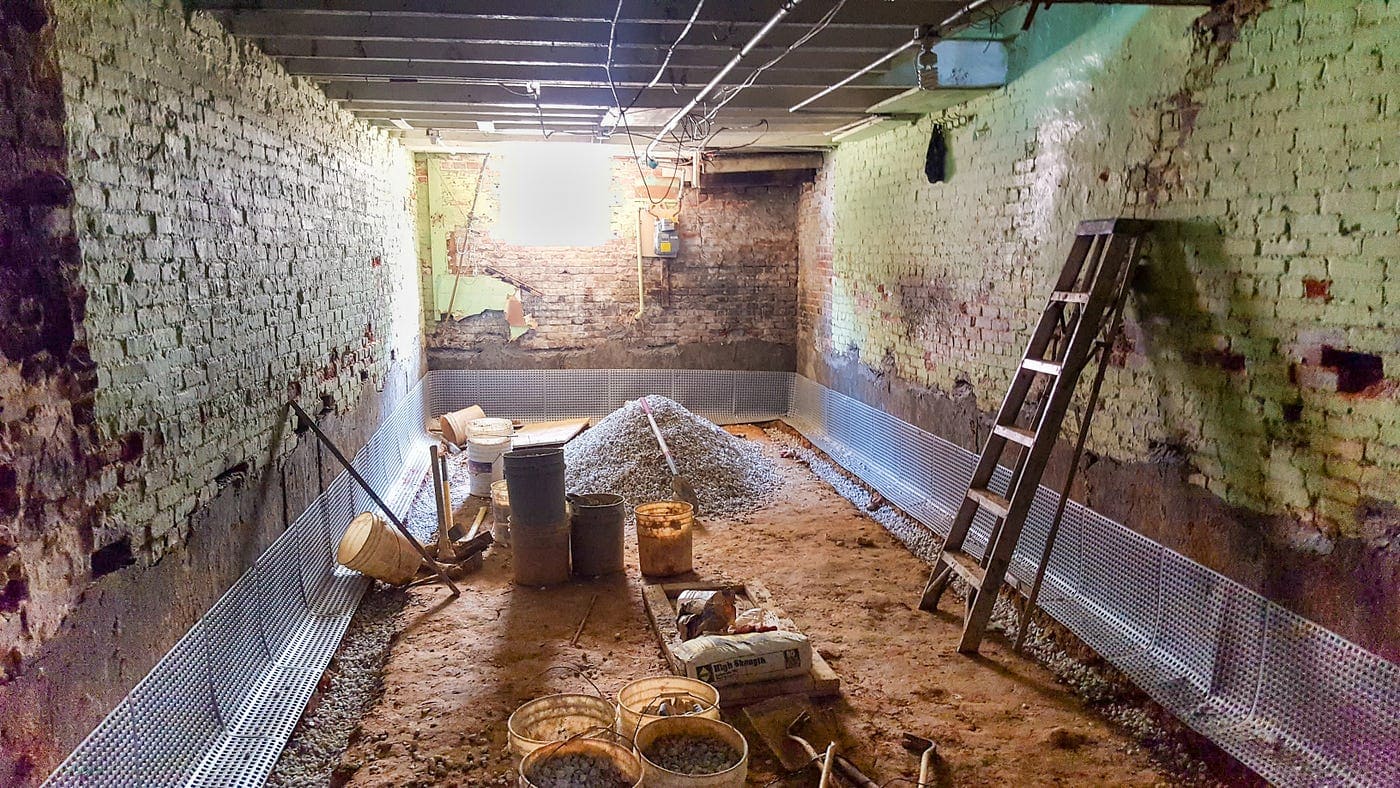
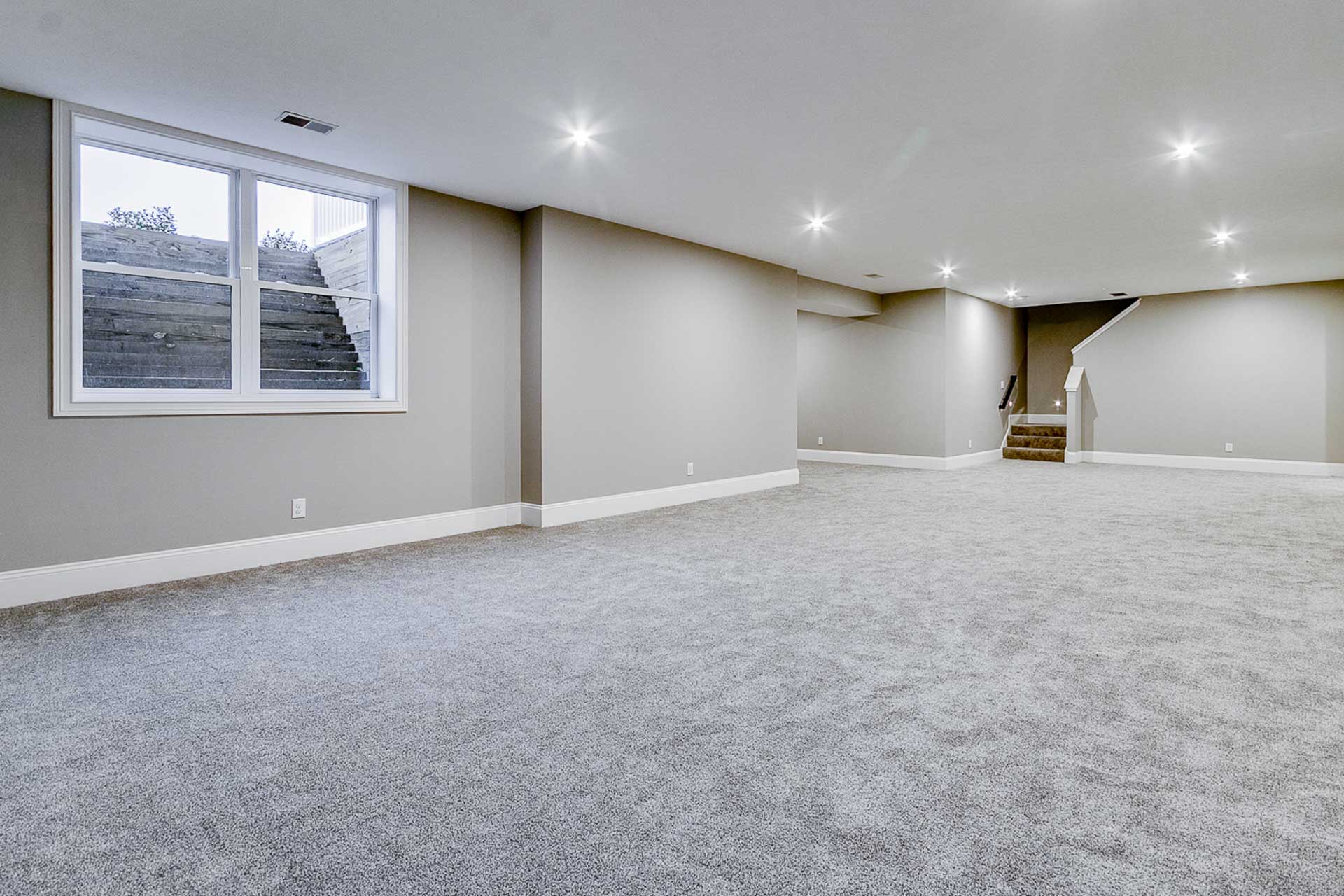
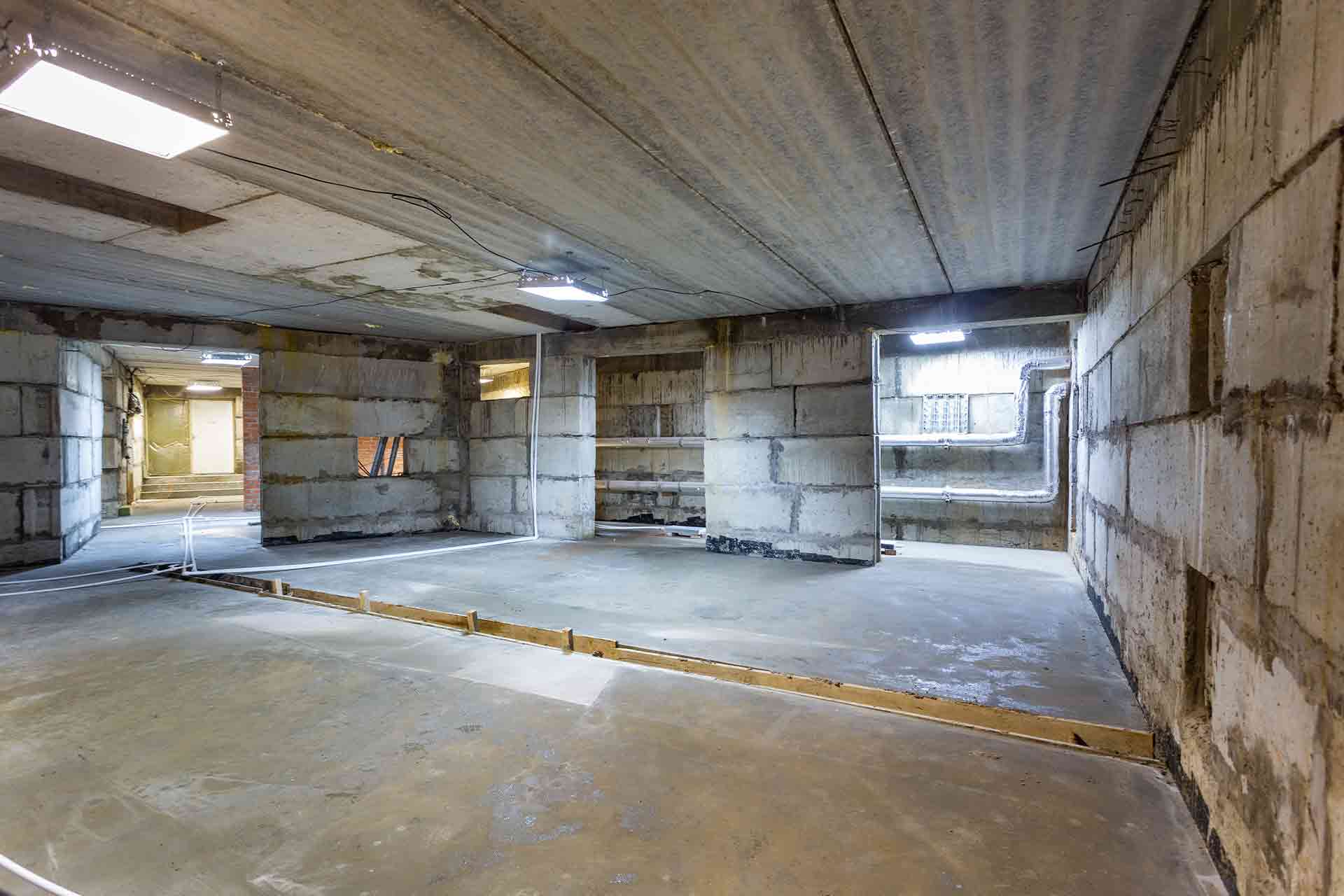
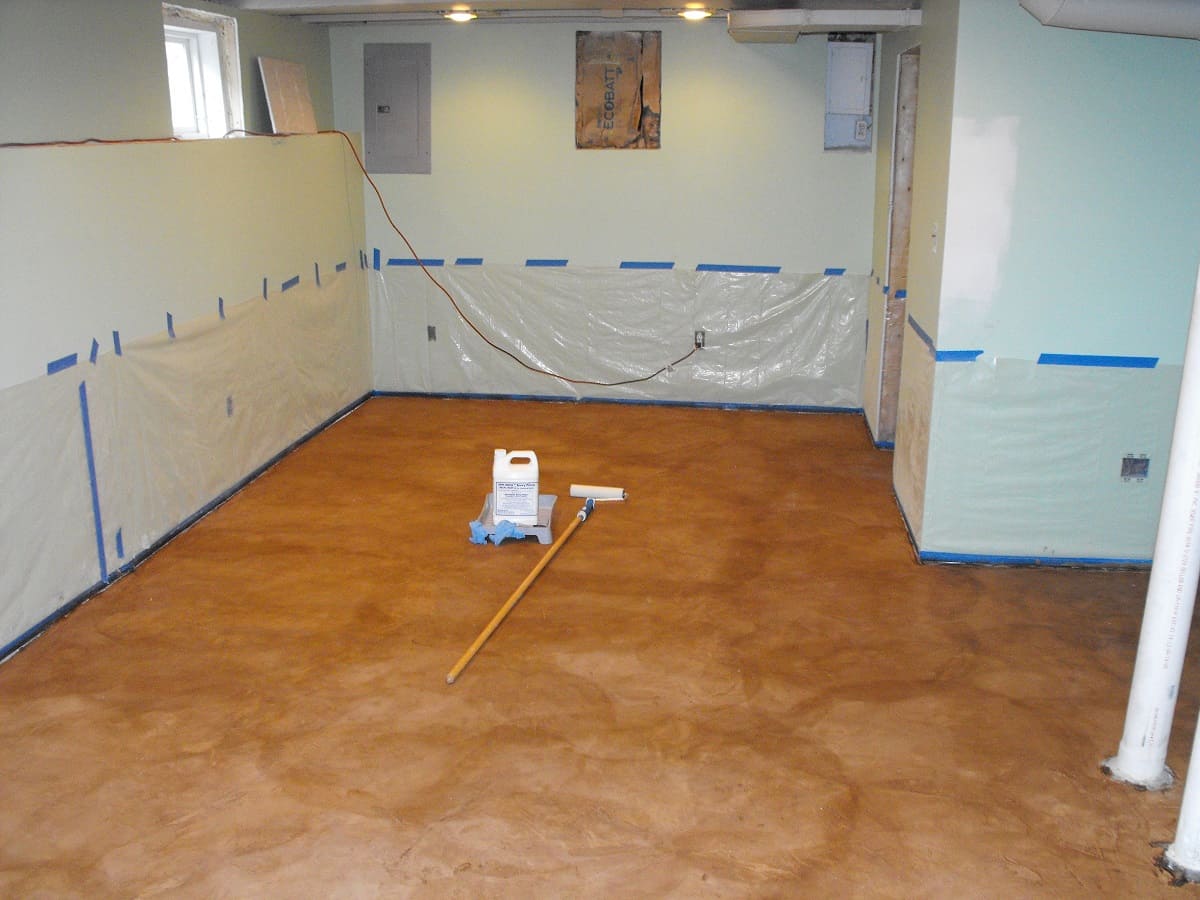
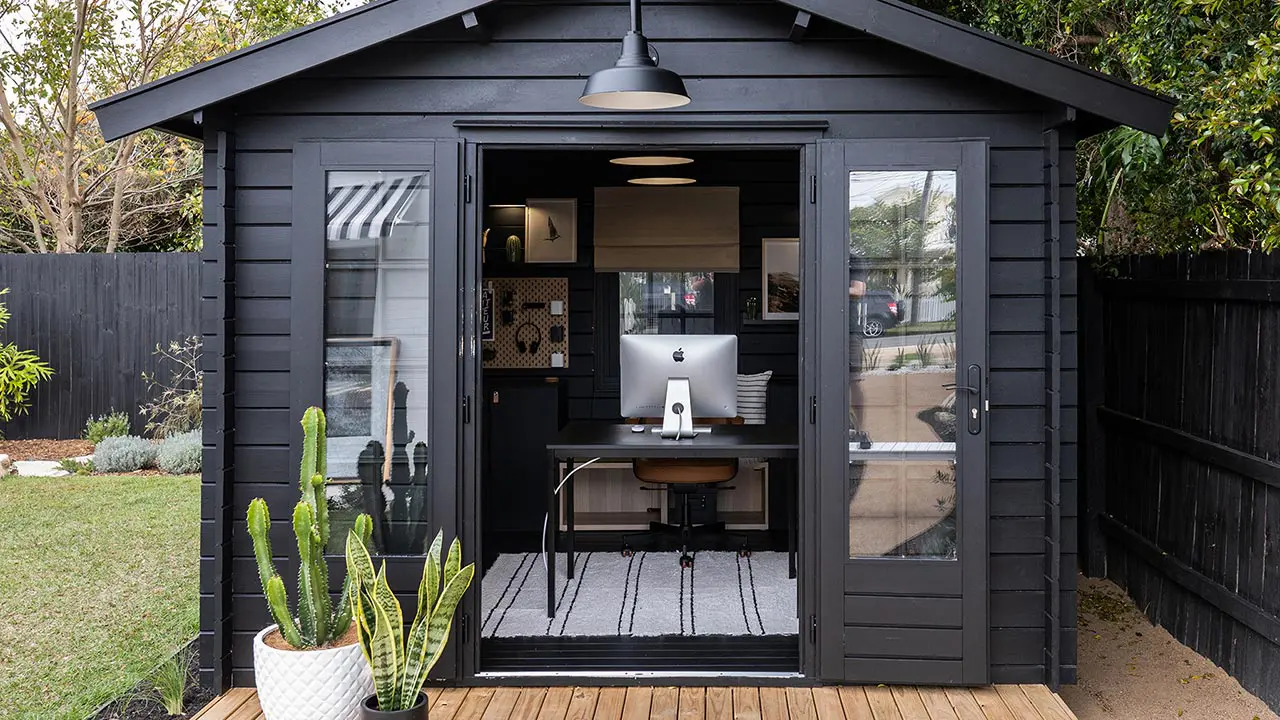
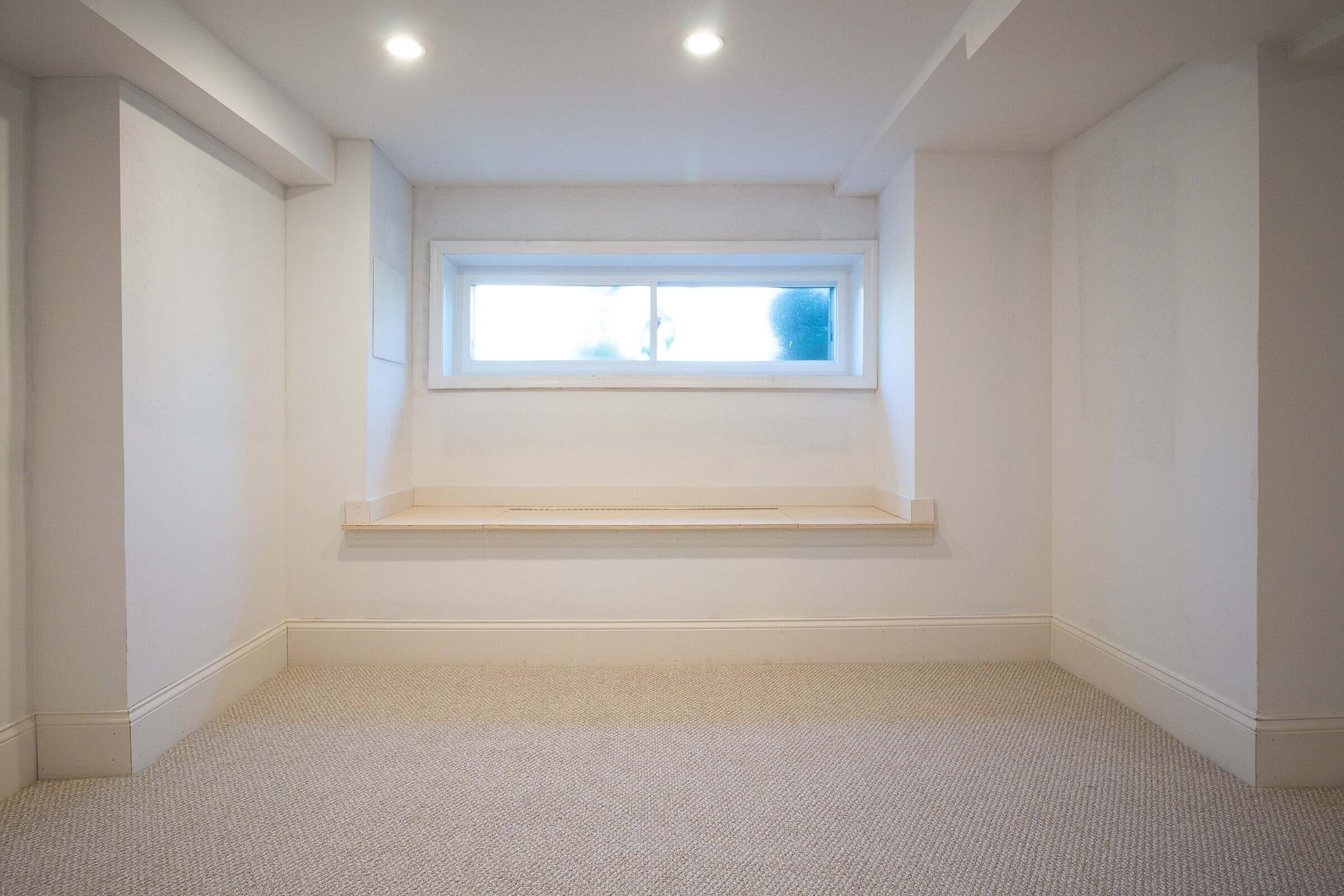
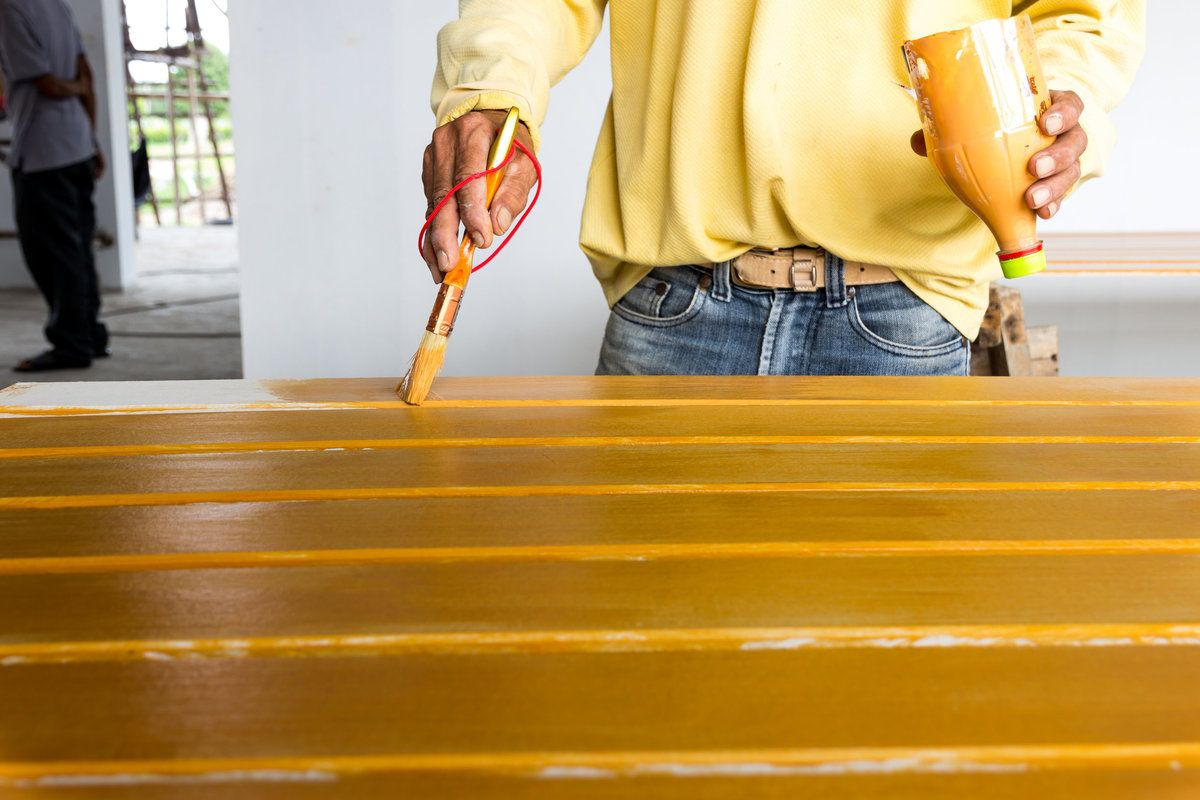
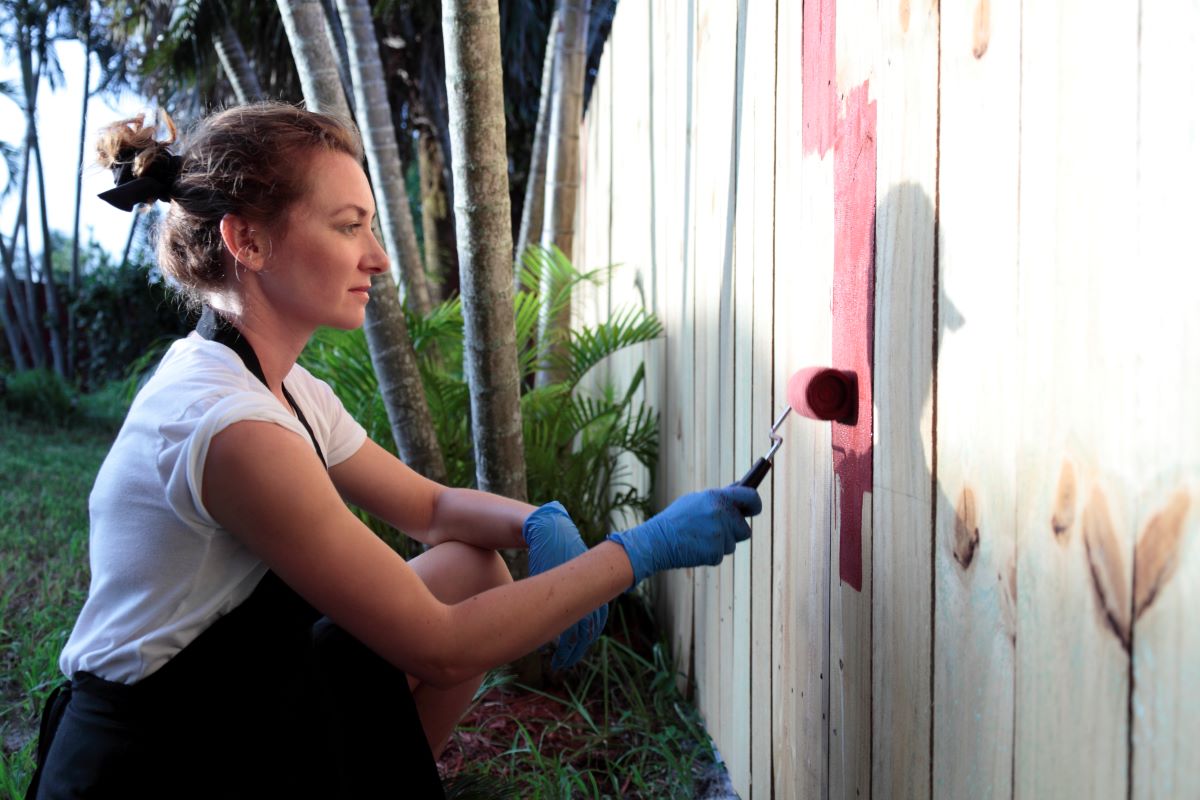
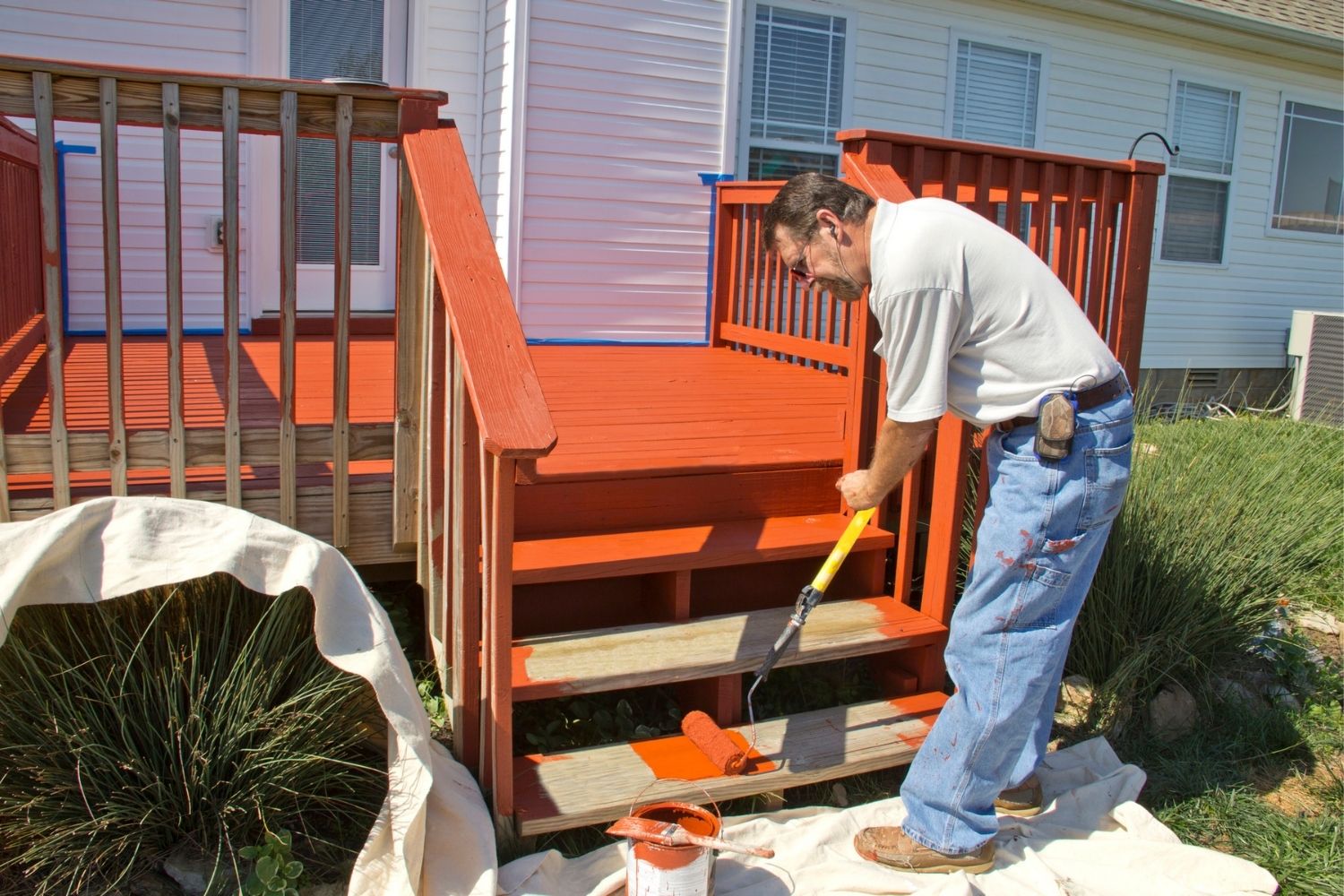
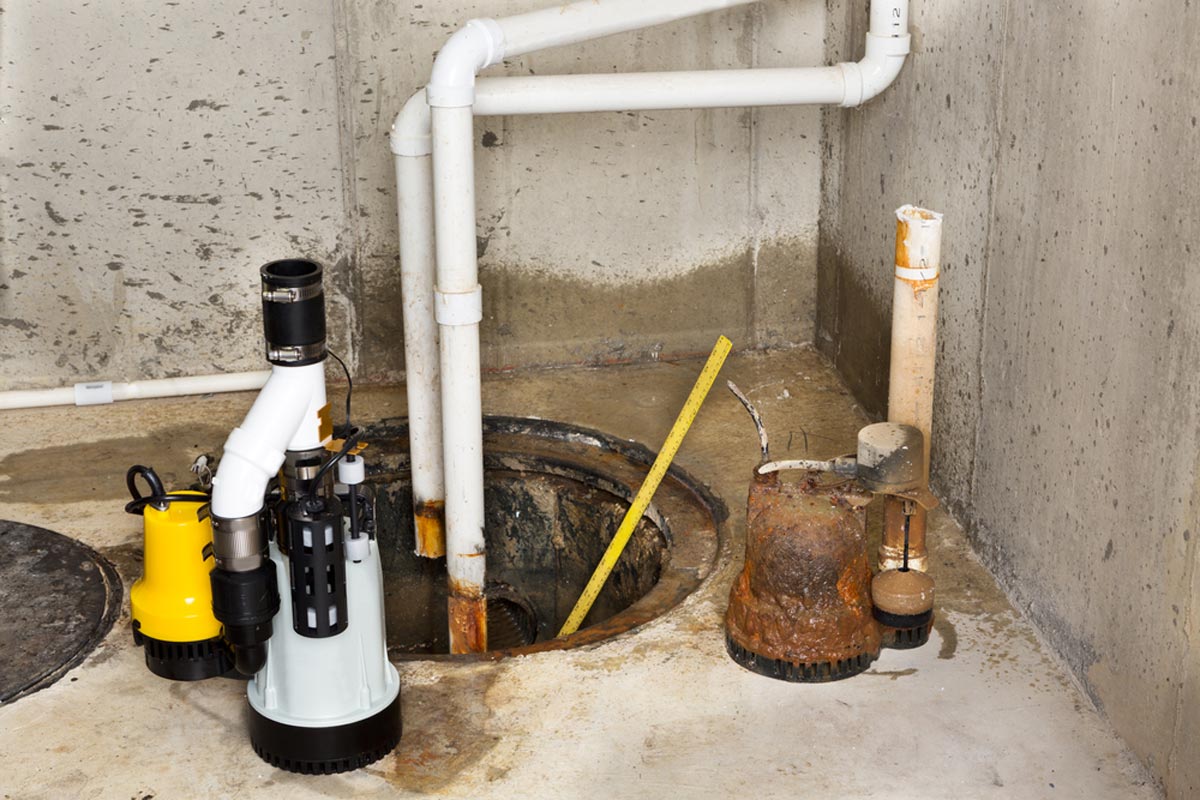
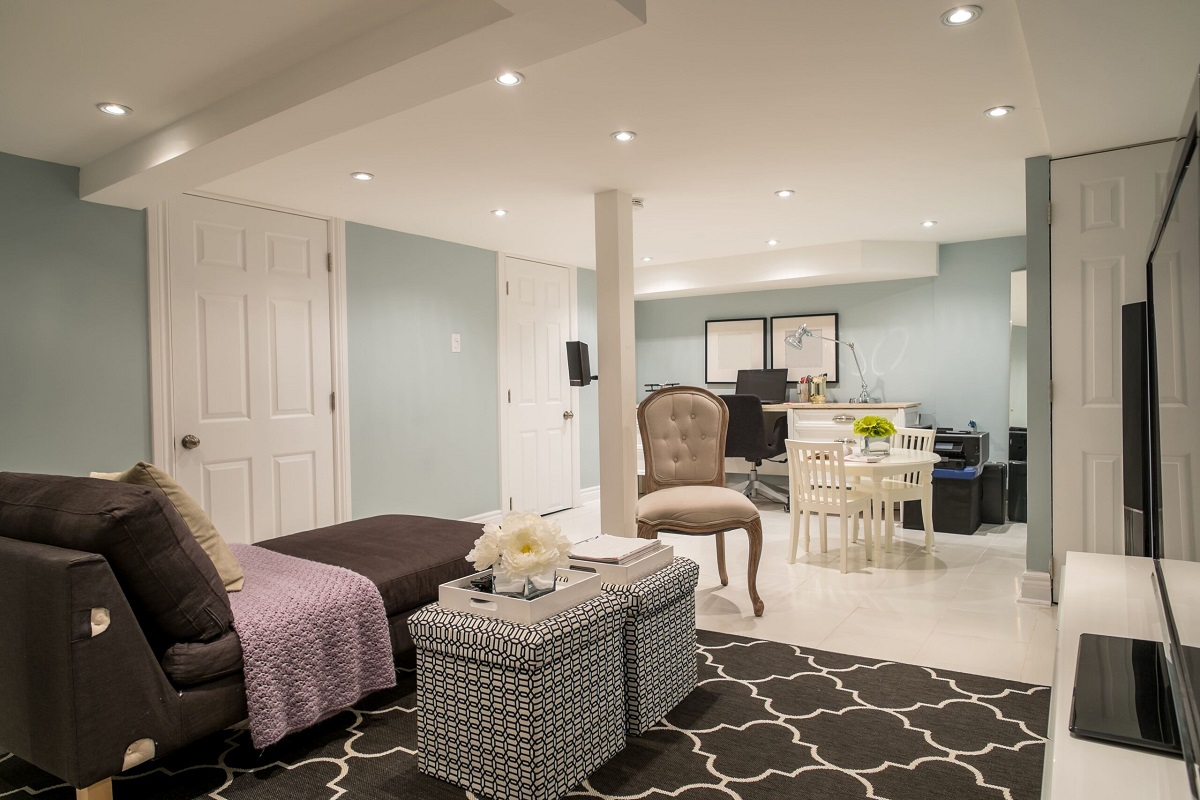
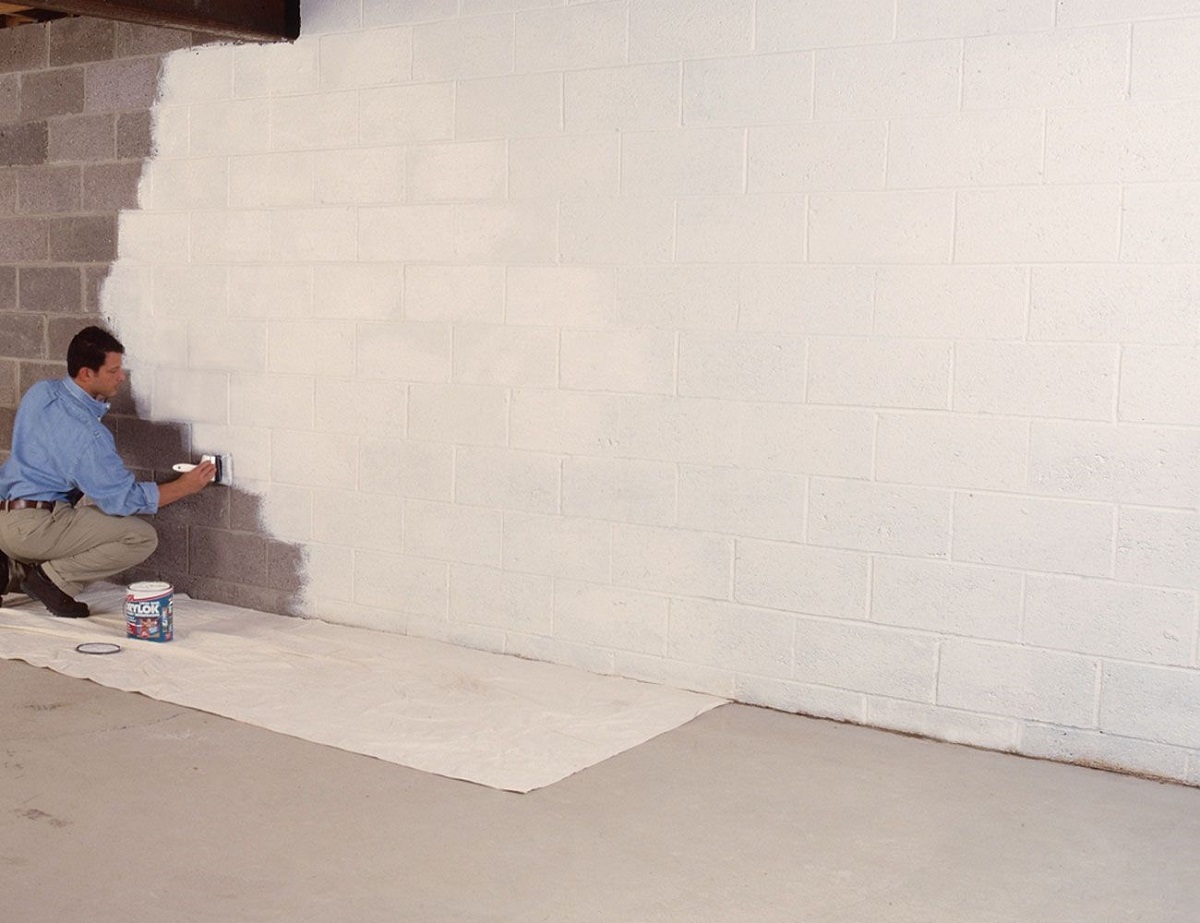
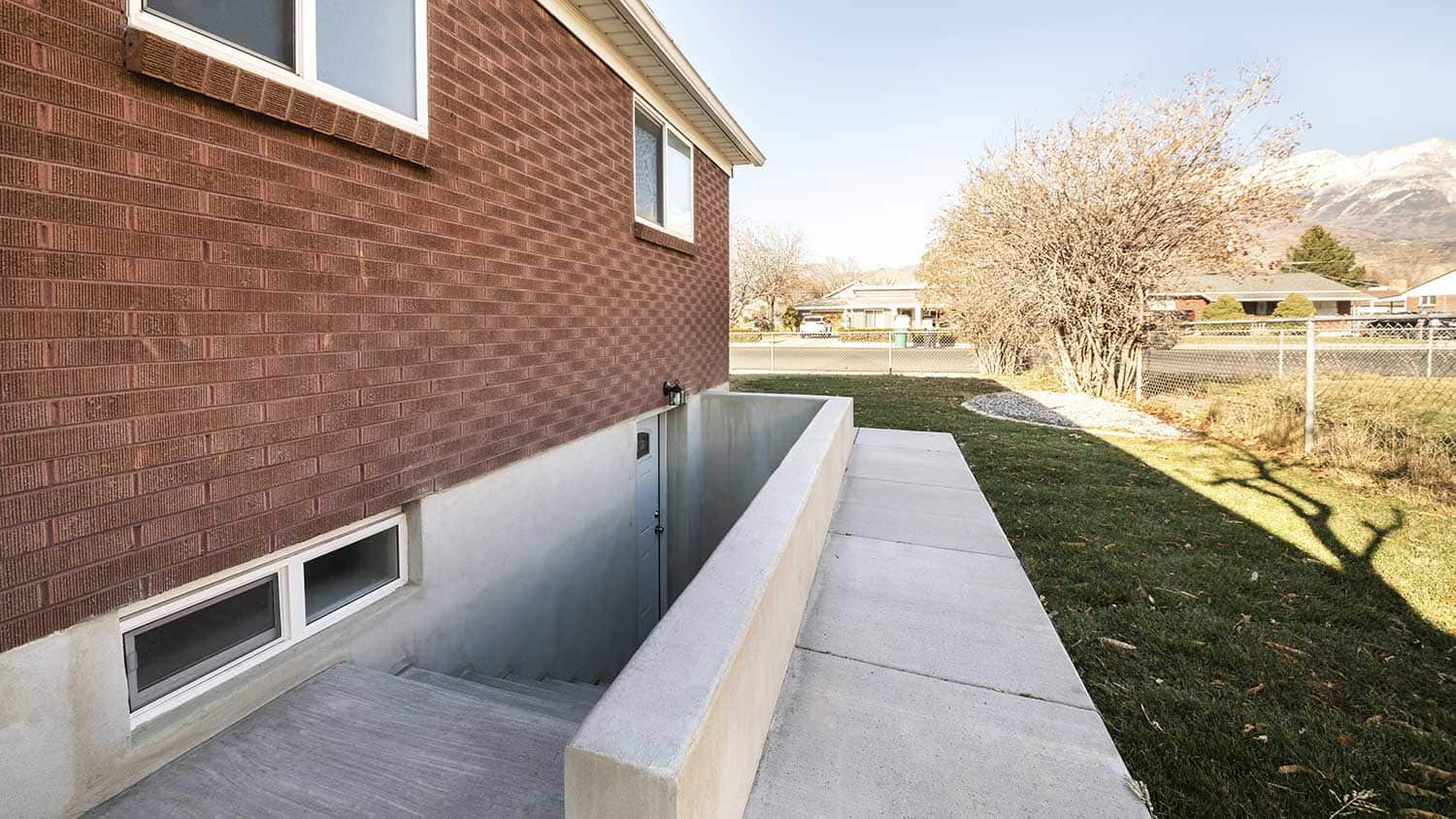

0 thoughts on “How Much To Paint A Basement”